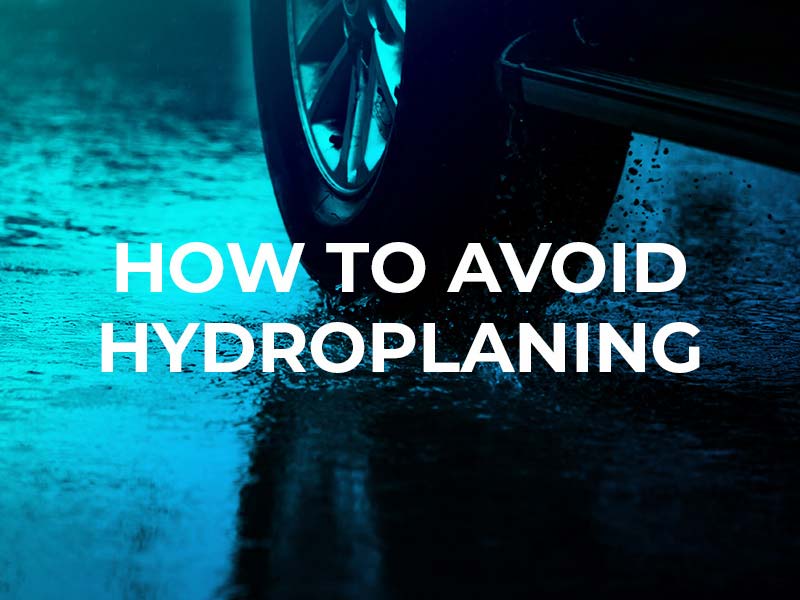Hydroplaning: What It is, How to Avoid It, and What to Do if You Can’t
Hydroplaning is one of the scariest things that can happen when you are driving a vehicle. Most of us have experienced some form of hydroplaning, which refers to the skidding or sliding of a car’s tires across a wet surface. Understanding what hydroplaning is, how you can avoid it, and how to drive through it can help you avoid serious car accidents and injuries on the roadway.

What is hydroplaning?
Typically, when a car encounters water on the roadway, the tires are able to scatter the water. A car will hydroplane when there is more water than the tire can scatter. Water pressure in front of the tire forces water under the tire. This causes the tire to separate from the road surface and lose traction. The result of this is a loss of steering, braking, and power control.
Tires have tread on them designed to channel water from beneath the tire, creating more friction with the roadway and prevent most instances of hydroplaning.
Hydroplaning can occur on any wet roadway. What many people do not know is that the first few minutes of light rain can be the most dangerous for drivers. This is because the light rain mixes with oil residue on the road, creating an even slipperier surface that can cause vehicles traveling at higher rates of speed to hydroplane. However, anytime the roadway is wet, whether it is still raining or not, a motorist can hydroplane.
How to avoid hydroplaning
The most effective way to prevent hydroplaning is through proper maintenance and planning.
- Proper vehicle maintenance is important. Keep your tires properly inflated. Rotate and replace tires when they are wearing down. By doing so, you will ensure your vehicle is best equipped to maintain traction when the roadways are wet.
- Drive defensively when the roadways are wet. You need to be concentrated on driving and able to predict hazards you will encounter. Never operate on wet roadways while you are distracted by your phones or other devices.
- Operate slowly when roads are wet. Driving at 35 mph or faster makes it likely it is that you will hydroplane.
- Give yourself extra space between you and the vehicle in front of you.
- Try to avoid puddles and standing water in the roadway.
- Avoid driving in the outer lanes where water tends to accumulate on the edges.
- Attempt to drive in the tire tracks left by vehicles in front of you.
- Never use cruise control when the roadway is wet.
- Drive in a lower gear when it is wet out.
- Avoid hard braking.
- Do not make any sharp or quick turns.
What if you can’t avoid hydroplaning?
If you begin to hydroplane, do not panic. These incidents typically only last a few seconds, and you can take action to prevent disaster.
- Decelerate gently by easing up on the gas to slow down. If you were braking when the hydroplaning began, lessen the pressure on the brake pedal.
- Use the steering wheel gently. When hydroplaning, you may have to counter-steer one or more times to regain directional control. Be careful not to oversteer, or the vehicle could spin out of control.